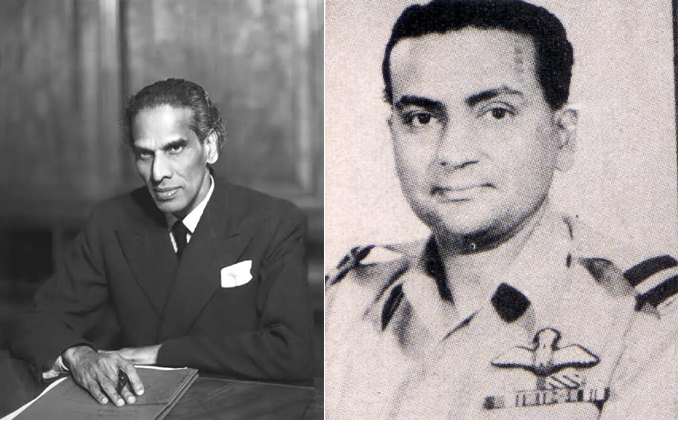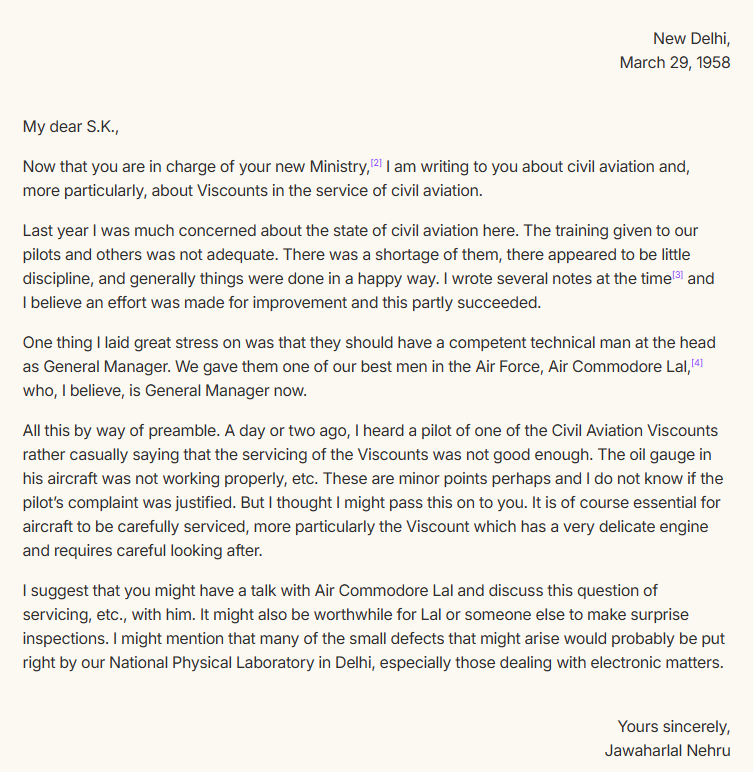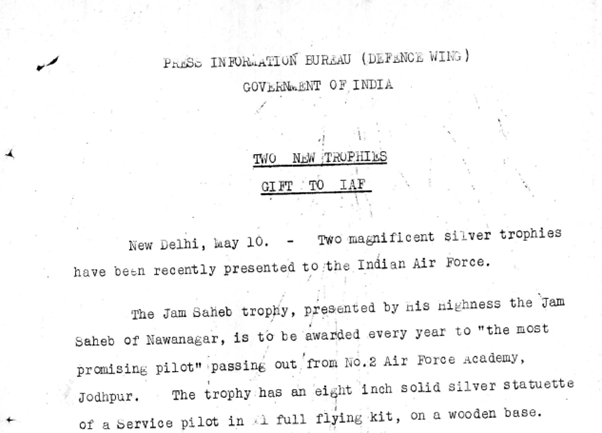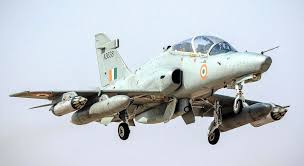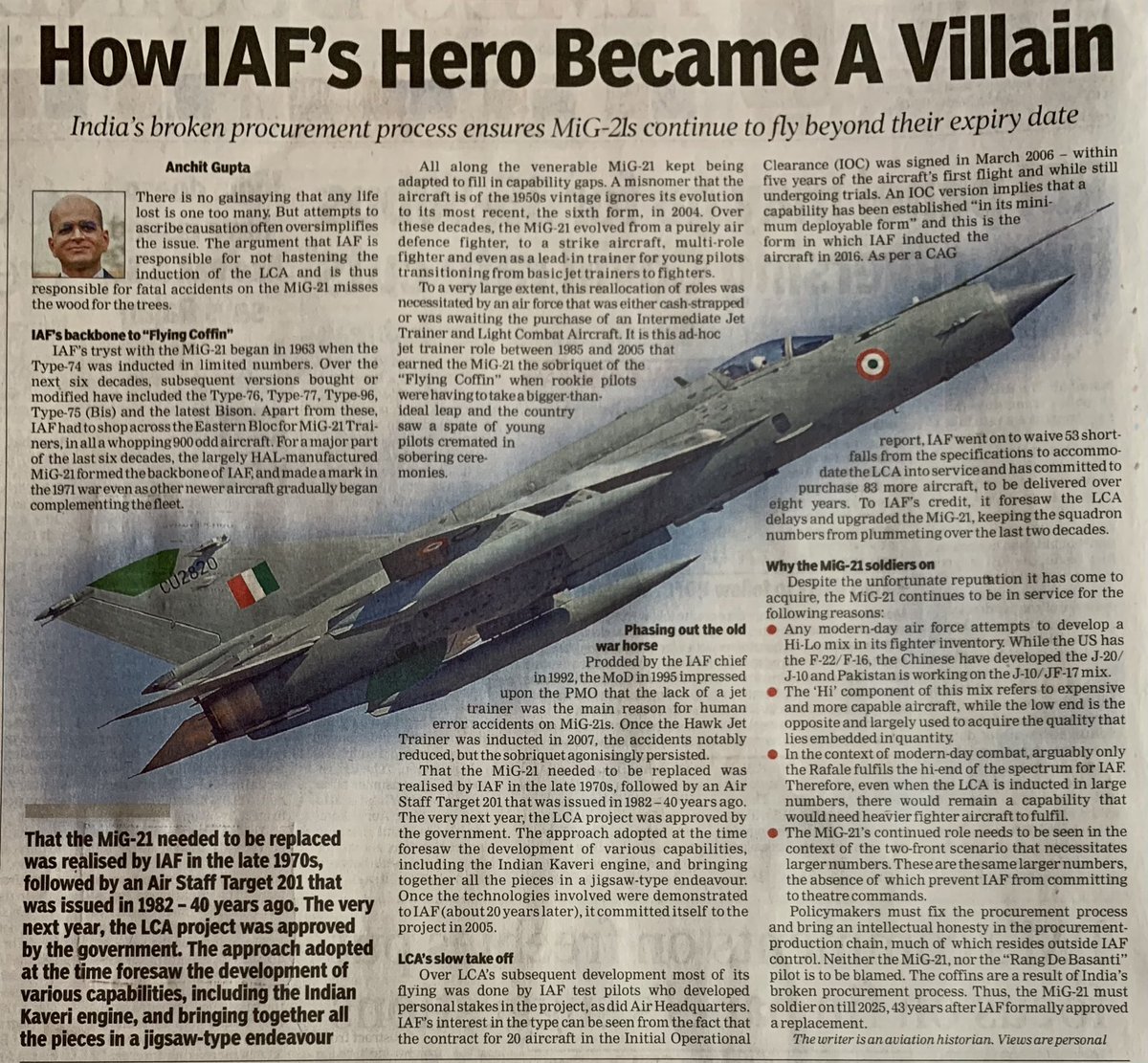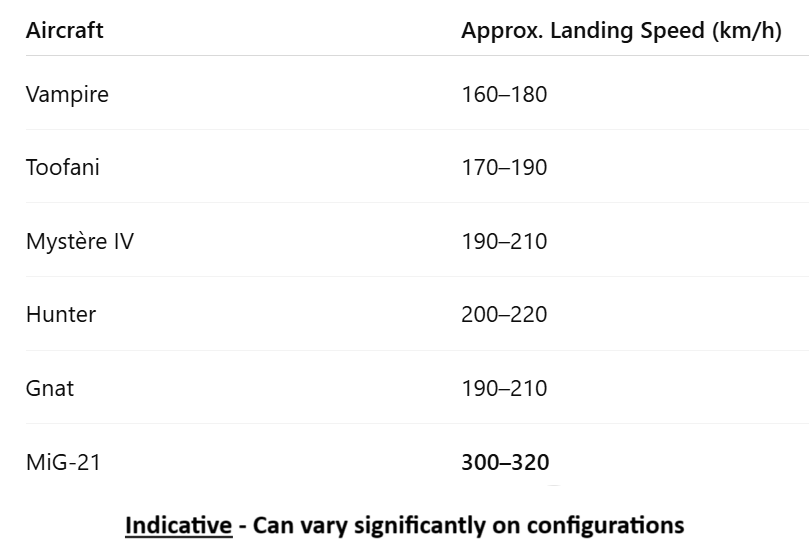Leh airbase not only served as the arterial base to keep Ladakh supplied but also for potential offensive ops. This thread traces attempts by @IAF_MCC to have fighter aircraft operate from the 11,000ft AMSL Leh airfield since the 1960s. #IAFHistory (1/19) 

What makes a fighter landing challenging? - Airspeeds are higher at Altitude, causing higher ldg speeds, tire bursts, damage, wear and tear, requiring longer runways. Engine thrust is lower due to rarified atmos, requiring longer runways to take off, and lower payload. (2/19)
Due to use during the 1962 war, PSP runway at Leh started to disintegrate. IAF relaid a permanent runway that was ready by Oct 63. 114 HU moved in April 64. But they were not alone, in the same month, Bhupinder Singh, CO 23 Sqn, landed a Gnat! (3/19)
tinyurl.com/59xxku59
tinyurl.com/59xxku59

Bhopinder Singh was a Test Pilot (ETPS, UK). Had commanded AATU & was involved in the Gnat program. He was now CO of Panthers, the first sqn to convert to Gnats. Taking off from Ambala, he did three landings & refueled at Leh - The highest landing in the world by a fighter.(4/19) 



His VM Citation reads "He was entrusted with
complicated & exacting task of high altitude trials. The task was hazardous in the absence of data on which the behavior of the ac could be pre-assessed. Data collected will have far-reaching effect on the future of Fighter ops(5/19)
complicated & exacting task of high altitude trials. The task was hazardous in the absence of data on which the behavior of the ac could be pre-assessed. Data collected will have far-reaching effect on the future of Fighter ops(5/19)
On 15 Jan 67, A Canberra flown by PP Singh,MVC CO of 5 Sqn from Palam landed at Leh along with MC Kappen as Navigator. Shiv Dev Singh, AOC-in-C WAC, leading from the front was also in the cockpit for the historic moment (6/19) 

The need for Canberra at Leh remains a mystery but could be furthering studies on fighter/ bomber performance or a message to the adversaries of the capabilities. While ac could take-off from airbases in plains, being able to land/take-off at Leh reduced Time-to-target (7/19) 



Another landing of Gnats at Leh took place in June 72 when 2 Sqn, led by Johnny Greene. A Gnat was "cleaned up" & a small dett of men, one packed tail parachute, a starting trolley were sent to Leh. He did a recce, a few overshoots & did one low overshoot & landed at Leh. (8/19) 

In the subsequent days, a few other pilots of the sqn did the same, but the dett was called-off. It is interesting the @IAF_MCC decided to have these experiments on the Gnat - Dimunitive stature, low weight made it a safer choice- albeit not lower on skills! (9/19) 

It would take a good 12 years for the next landings - and it would rain fighters at Leh. In April 84, Ops Meghdoot (Siachen) was launched and IAF was tasked to be prepared for offensive Ops. And it would respond by having the first MiG-21, Hunter and MiG-23BN land at Leh.(10/19) 

First to show up for the MiG-21Bis of 26 Sqn. Led by the CO, AK Talwar, they had the most trouble due to the highest ldg speeds - Had to do two circuits to align apporach, check hub and tyre speeds. A joint dett of 26 and 3 Sqn from Avantupur to Leh. (11/19) 



Apr 84, Hunters of 27 Sqn would show up. Led by the CO, Wg Cdr Dange & his Flt Cdr, they did the usual routine of handling sortie, overshoots and finally land. On 5 May 84 - 4 a/c formation of Hunters landed. Full story by JP Joshi himself - tinyurl.com/3zcbkvvb (12/19) 



MiG-23 BN (SM-245) landed in May 84. Led by AD Joshi, CO, 221 Sqn. AD Joshi would also make 221 Sqn the first to do armament trg at Toshe Maidan, Dummy dives at camp 6, and would lead to opening of the Kar Tso range. Full story by him here - tinyurl.com/4x5kae4s (13/19) 



MiG-23BN and Hunters would mount regular detts for the coming few years. Apr-June 85, 20 Sqn, "Thunderbolts" in its full livery landed at Leh (27 Sqn had converted to Jags). They would run a regular dett for a few years , enthralling the locals with displays at Leh too! (14/19) 



These detts were never easy on pilots, ground crew or technicians. Thinking out of box to solve unknown problems was the norm. Hunters for instance faced issues of starting up at Leh and it was solved by S/L Sharma. One of the many many stories of overcoming odds (15/19) 

Nov 98 would see two a/c find themselves at leh for fighter Ops - Mig-29 from 223 Sqn and MiG-27s from 9 Sqn. W/C Sud and W/C Avtar Singh leading the charge. The MiG-29 would make it to leh regularly thereafter, but MiG-27 found it tough to work up and would not return.(16/19) 







1984 to 1998 - The common link is Air Mshl VK Bhatia (Vrc & bar). He was with Dte of Off Ops in 84 & moved in as COO of Leh to oversee the ops. He would himself end up flying many sorties. In Nov 98, he would again help pilots. His version here - tinyurl.com/mr3u3thd (17/19) 

Today, all frontline fighter a/c of the IAF has the capability to operate out of Leh, including at night. In fact in 2016, MiG-29s of 223 Sqn, ran their first dett out of Thoise! Leh has come a long way from the hairy days of its setup - tinyurl.com/yckjrbwc (18/19) 

One unmissable pattern in all the landings since 1964 - True to the spirit of leading from the front - it was the CO of each sqn that did the first landing. always, putting himself in harms' way and taking the most difficult task on himself. "Touch the sky with Glory" (19/19) 

• • •
Missing some Tweet in this thread? You can try to
force a refresh


